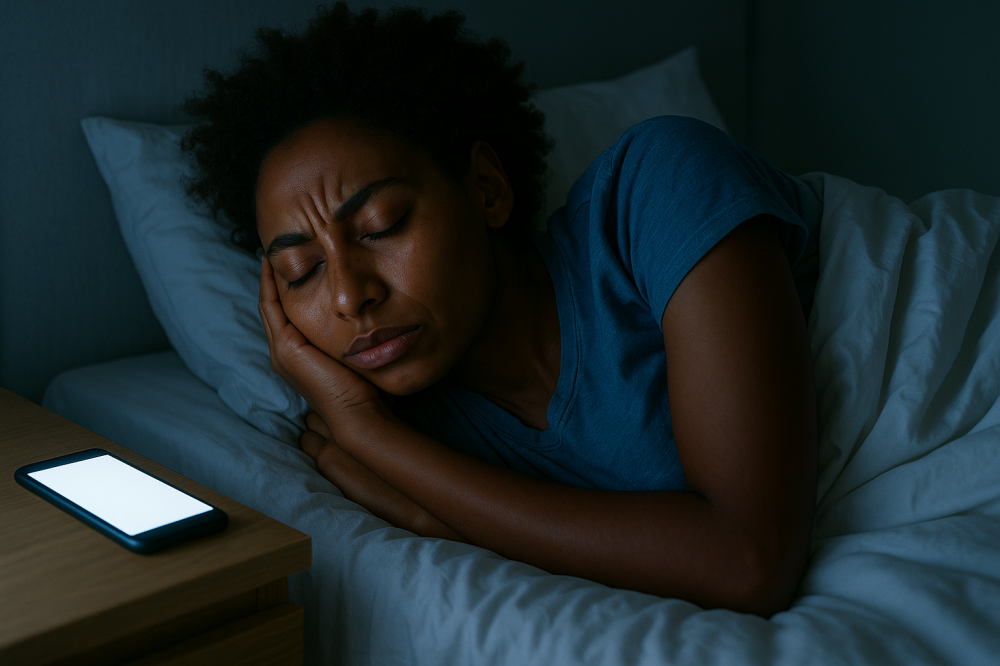Recently, I visited a farm in the eastern side of the country and after a few hours, under a flowered tree, I felt a colossal wave of pain that hit one of my fingers on my left hand.


Recently, I visited a farm in the eastern side of the country and after a few hours, under a flowered tree, I felt a colossal wave of pain that hit one of my fingers on my left hand. After scrambling to get my sandals off, I looked inside to find a bee curled up and immobile. Fortunately, I knew how to pluck the bee’s stinger out with my fingers, and ended up feeling fine within a couple of hours.Therefore, through my rough experience and notes from my first aid and emergency care, this has prompted me to highlight some solutions to any one else who might be stung by a bee.If a person is stung by a honey bee, try to find the stinger. Honey bees do not always leave their stingers behind, but they sometimes do. The sooner you get a stinger out, the less you will suffer the pain. If you are able to locate the stinger, take the edge of a firm surface, like a key holder or even a finger nail and try to brush or scrape the stinger off. Stingers should not be removed with forceps or with a pinch of our fingers because compressing the attached sac of venom is likely to worsen the injury. If you can see the end of the stinger but cannot access it, try using a fingernail to press down into the skin about half an inch away. Sometimes, this will allow the tissues surrounding the stinger to relax a bit and allow the stinger to raise enough to scrape it away. This is a commonly used technique to remove an acupuncture needle that muscle fibres have contracted around. Once one is relatively sure that they do not have a stinger in their skin, gently wash the area with cold water and soap. If pain persists after running cold water over the injured stung part, apply a cold or ice pack (wrapped in a thin towel or cloth) for five to fifteen minutes, or until the area feels numb. Repeat cold or ice pack application in this manner once every couple of hours until discomfort subsides.Wasps and bumble bees do not tend to leave their stingers behind. If ever stung by a wasp or bumble bee, simply clean the punctured area with cold water and soap, then use an ice or cold pack as directed above. In all cases, be on the lookout for signs of an allergic reaction. The most common signs of an allergic reaction to a bee or wasp sting include noticeable swelling surrounding the site of injury, lightheadedness or fainting. Sometimes, an allergic reaction to a bee or wasp sting can result in respiratory distress. If you experience trouble breathing after getting stung, it’s best to seek medical attention immediately.The mouth and throat regions are sometimes stung by bees or wasps that have made their way into drink containers. Getting stung in the mouth, pharynx, or esophagus can lead to significant respiratory distress, so be mindful of protecting our drinks when outdoors, as accidental ingestion of biting insects is more common than one would think. Treatment for a mild allergic reaction (such as a rash without any breathing difficulty) usually involves the administration of antihistamine medications and sometimes steroid medications to reduce inflammation.Antihistamines such as diphenhydramine (Benadryl) may be taken to relieve itching and burning. Ibuprofen may be taken for pain relief. If the sting site becomes infected, doctors or health experts may prescribe a course of antibiotics. People who have spent more than 10 years since their tetanus immune boaster could be advised to take another one within a couple of days after they are stung. The treatment of choice for life-threatening anaphylactic reactions is epinephrine. Emergency medical treatments may also include steroid and antihistamine medications and insertion of a breathing tube. Intravenous fluids and medications to support cardiovascular function may also be required. Immunotherapy is sometimes recommended for those with a history of severe allergic reactions to bee stings in order to reduce chances of future severe allergic reactions.The write is a doctor at the Rwanda Military Hospital - Kanombe




